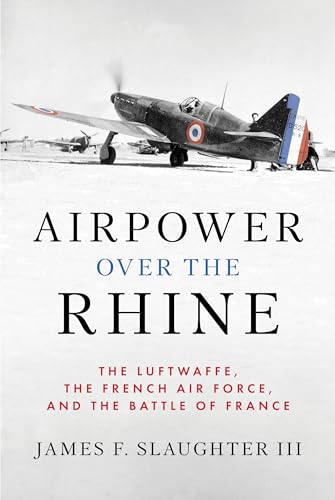
Warplanes of the Luftwaffe
by David Donald
Popularity
2.45 / 5
* A book's popularity is determined by how it compares to all other books on this website.
Where to buy?
Buy from Amazon* If you buy this book through the link above, we may receive a small commission at no extra cost to you.
Warplanes of the Luftwaffe by David Donald
Details
War:
World War II
Perspective:
Fighter Jets
Military Unit:
Luftwaffe
True Story:
Yes
Biography:
No
Region:
Europe
Page Count:
254
Published Date:
2000
ISBN13:
9781840133943
Description
Brief Summary
Warplanes of the Luftwaffe by David Donald provides a comprehensive exploration of the development and deployment of the German air force's aircraft during World War II. The book delves into the rapid advancements in aviation technology and design from 1933 to the end of the war, highlighting the German aviation industry's pivotal role in shaping future military aircraft. It thoroughly documents the aircraft deployed by Hitler's Luftwaffe, complemented by rare photographs, detailed artwork, and thorough descriptions. Key aircraft such as the Focke-Wulf, Heinkel, Messerschmitt, and Junker designs are featured, showing how these machines were at the forefront of wartime innovation.
Main Themes and Topics
The book primarily focuses on the technological advancements and pioneering designs of German warplanes during World War II. It emphasizes the transformation of the German aviation industry from a near non-existence in 1933 to becoming a leader in aviation design and technology. The text examines different types of fighter and bomber aircraft, including detailed insights into revolutionary models like the early jet fighters. Another underlying theme is the dramatic impact these aircraft had on the future of military aviation, setting the stage for developments in modern military flying and weaponry.
Writing Style and Tone
David Donald uses a factual and descriptive writing style that caters to aviation enthusiasts and historians alike. The tone of the book is informative and authoritative, reflecting the well-researched content and attention to detail. The inclusion of detailed technical specifications, photographic evidence, and illustrative art adds depth and visual interest, making technical information accessible to a broader audience without diluting the complexity of the subject matter.
Criticism
Some readers may find the book heavily focused on technical details, which might overwhelm those with a casual interest in aviation history. While the comprehensive nature of the descriptions showcases the author’s depth of research, it might not engage readers seeking a narrative-driven historical account. Additionally, the book’s focus on hardware might overshadow broader historical contexts, which could limit its appeal to readers looking for a more balanced approach between technical data and the human stories behind the Luftwaffe's operations.









